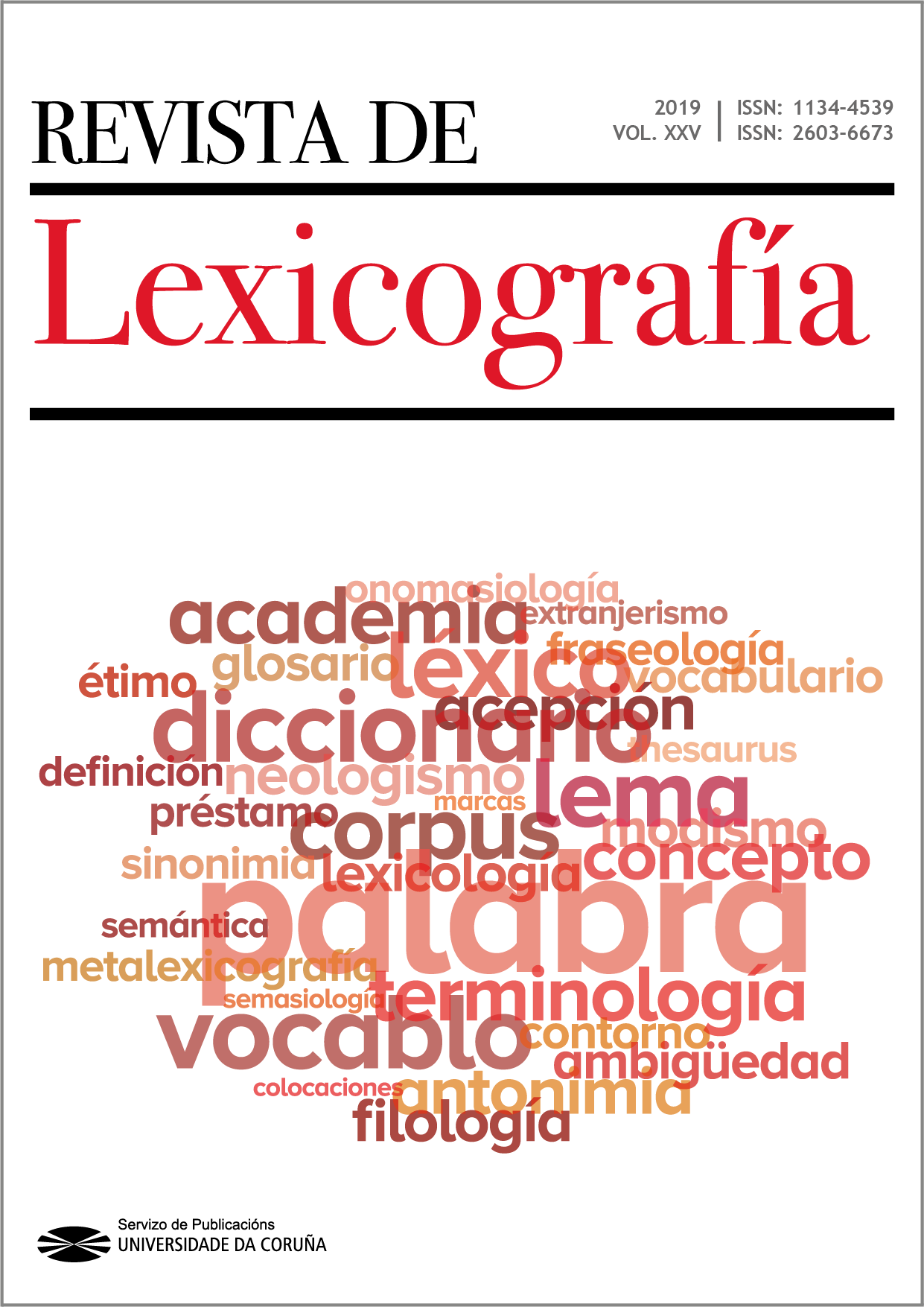El lenguaje de las emociones en las narrativas humanitarias durante la segunda guerra carlista (1872-1876)
DOI:
https://doi.org/10.17979/rlex.2019.25.0.5990Palabras clave:
narrativas humanitarias, cuidados de enfermería, género, emociones, compasión, Concepción Arenal, Nicasio Landa, segunda guerra carlistaResumen
La última guerra carlista (1872-1876) constituyó el bautismo de fuego de la Cruz Roja Española (CRE) —fundada en 1864, el mismo año de la adhesión de España a la Convención de Ginebra— así como el más temprano gran conflicto civil al que el movimiento internacional de Cruz Roja se hubo de enfrentar. Pese a la imposibilidad legal entonces de que el Comité de Ginebra pudiera intervenir en guerras civiles, ambos bandos acordaron respetar los principios de la Convención, y la CRE —como otras organizaciones humanitarias, y de modo destacado La Caridad, que crearon los insurgentes— se volcó en actividades de socorro a los combatientes heridos y enfermos.
En este artículo se exploran las narrativas humanitarias de dos destacados líderes de CRE durante la guerra carlista: el oficial médico e inspector general de CRE Nicasio Landa y la jurista, reformadora social y secretaria de su comité central de Señoras, Concepción Arenal. Se analizan estas narrativas en diversas fuentes primarias (cartas, informes, relatos literarios, artículos), destacándose similitudes y diferencias mutuas con respecto a cuatro aspectos: (i) sus públicos, propósitos y estrategias; (ii) sus apreciaciones acerca de quiénes merecían la ayuda humanitaria; (iii) sus preocupaciones por el bienestar físico y emocional de los combatientes enfermos y heridos atendidos en distintos escenarios y transportados mediante diferentes procedimientos; y (iv) la identidad de los actores humanitarios. Todo ello al objeto de examinar el papel jugado por estas narrativas humanitarias en el modelado de la compasión de la ciudadanía hacia las víctimas en las guerras civiles y el consiguiente afianzamiento de la CRE.
Descargas
Referencias
Arenal, Concepción (1874): «La caridad en la guerra y la justicia en la caridad», La Voz de la Caridad, 100, 01/05/1874, p. 54.
Arenal, Concepción (1900): Artículos sobre beneficencia y prisiones, Madrid, Librería de Victoriano Suárez, tomo II, pp. 461-469 (1ª carta), 478-487 (2ª carta), 494-501 (4ª carta), 512-518 (5ª carta), 519-528 (6ª carta), 541-548 (7ª carta).
Arenal, Concepción (1913): Cuadros de la guerra carlista [1880], Madrid, Librería de Victoriano Suárez.
Arrizabalaga, Jon y J. Carlos García Reyes (2016): «Innovación tecnológica y humanitarismo en el traslado de heridos de guerra: el informe de Nicasio Landa sobre un nuevo sistema de suspensión elástica de camillas (Pamplona, 29 mayo 1875)», História, Ciências, Saúde-Manguinhos, 23, 3, pp. 887-897 [Fecha de consulta 15/10/2019: http://periodicos.fiocruz.br/pt-br/publicacao/1067210].
Crossland, James (2018): War, Law and Humanity: The Campaign to Control Warfare, 1853-1914, Londres, Bloomsbury.
Hutchinson, John F. (1996): Champions of charity. War and the rise of the Red Cross, Oxford, Westview Press.
Landa, Nicasio (1870): [cartas desde Ginebra (26 agosto), Basilea (28 agosto) y Karlsruhe (31 agosto)], La Caridad en la Guerra, 1/7, pp. 1-2; 1/8, pp. 1-2; 1/9, pp. 1-2.
Landa, Nicasio (2016): «Muertos y heridos» y otros textos, edición, estudio y notas a cargo de Guillermo Sánchez y Jon Arrizabalaga, Pamplona, Pamiela, pp. 135-255.
Sánchez-Martínez, Guillermo (2014): «Enemies by accident, neutral on the rebound: diversity and contingency at the birth of war humanitarianism, 1862-1864», Asclepio, 66, 1 [Fecha de consulta 15/10/2019: http://asclepio.revistas.csic.es/index.php/asclepio/article/view/580/672].
Descargas
Publicado
Número
Sección
Licencia
Los trabajos publicados en esta revista están bajo una licencia Creative Commons Reconocimiento-CompartirIgual 4.0 Internacional.
Los autores ceden el derecho de la primera publicación a la Revista de Lexicografía, la cual podrá publicar en cualquier lengua y soporte, divulgar y distribuir su contenido total o parcial por todos los medios tecnológicamente disponibles y a través de repositorios.
Se permite y anima a los autores a difundir los artículos aceptados para su publicación en los sitios web personales o institucionales, antes y después de su publicación, siempre que se indique claramente que el trabajo pertenece a esta revista y se proporcionen los datos bibliográficos completos junto con el acceso al documento.



